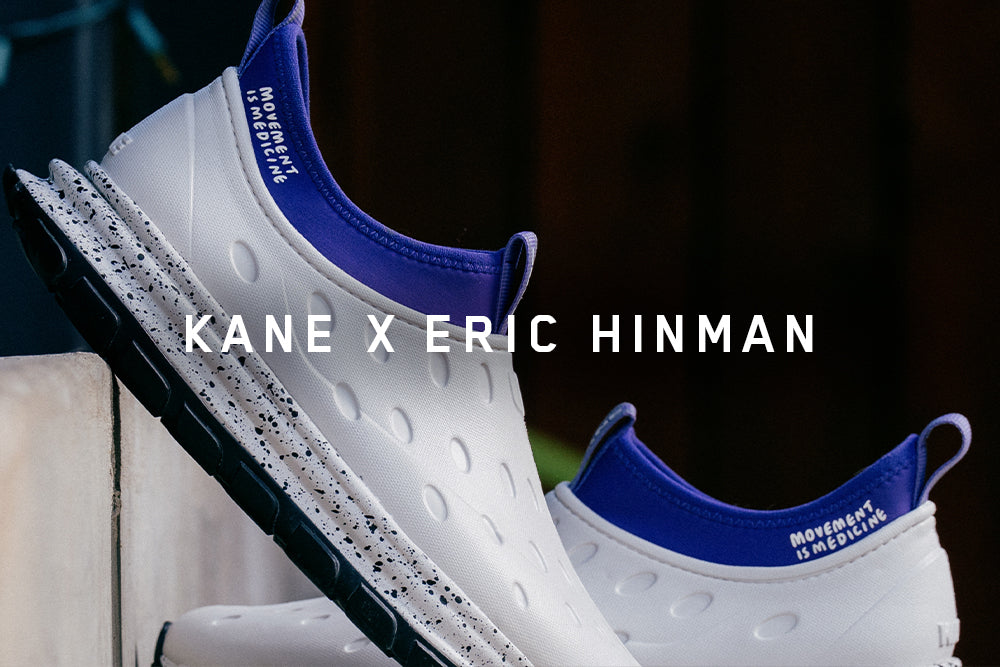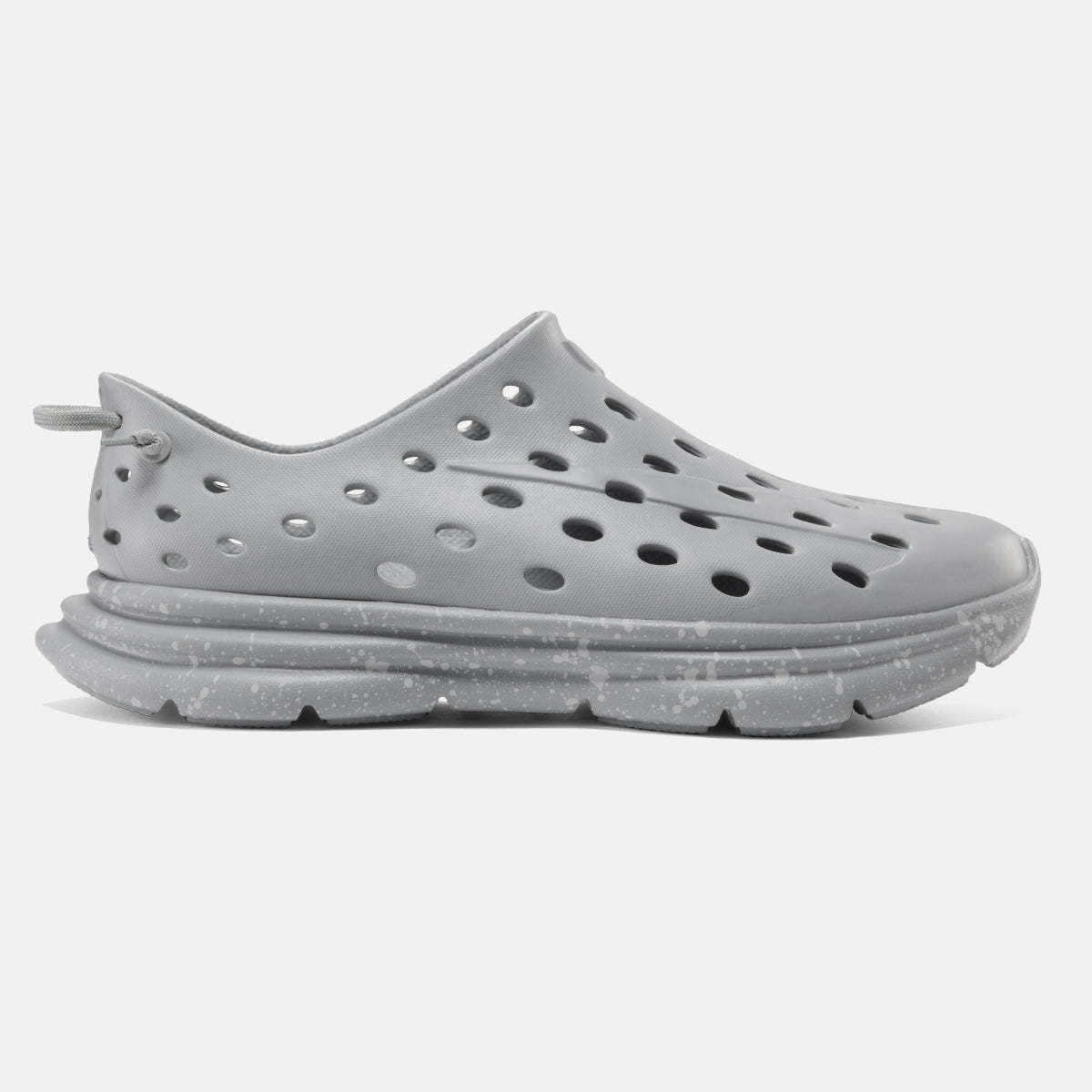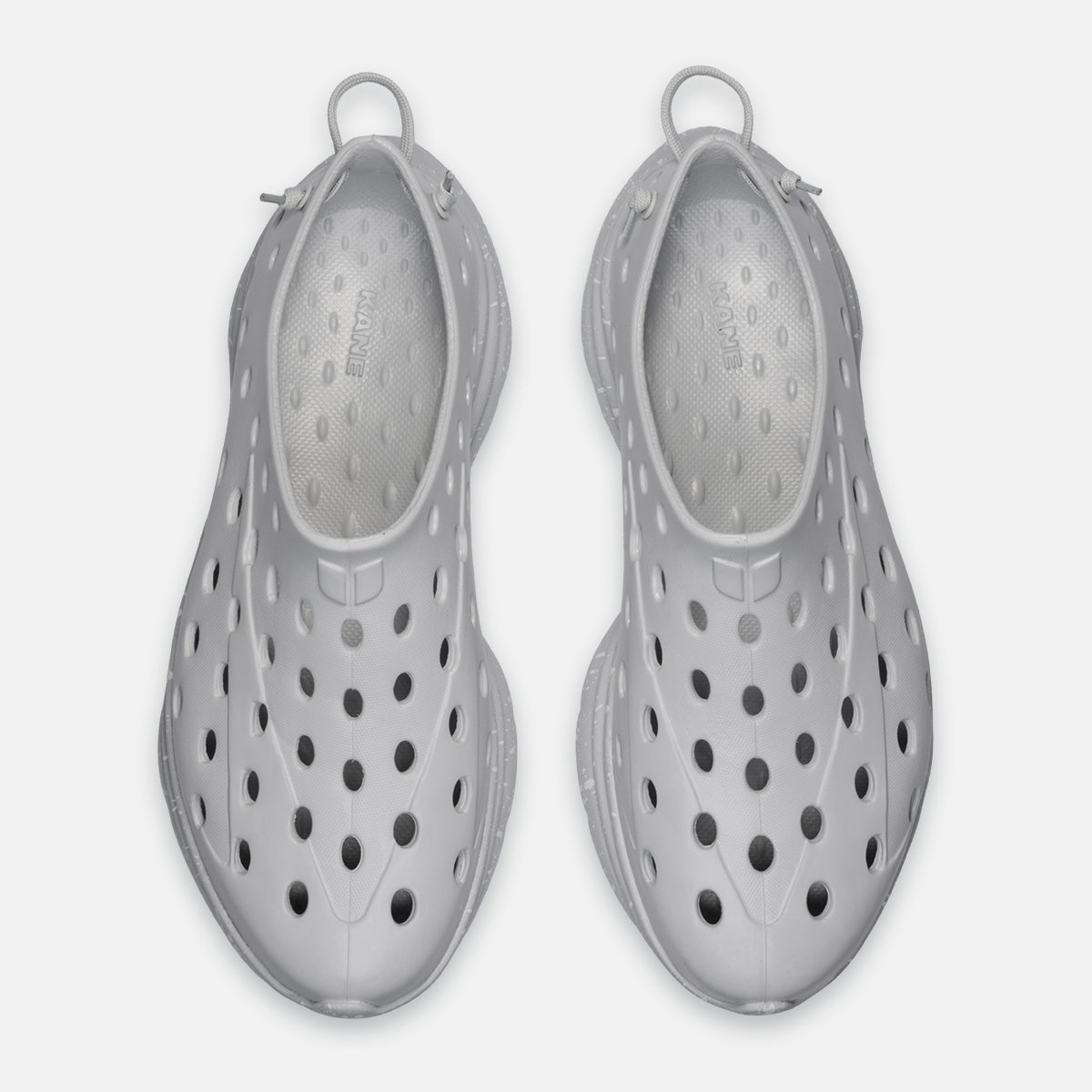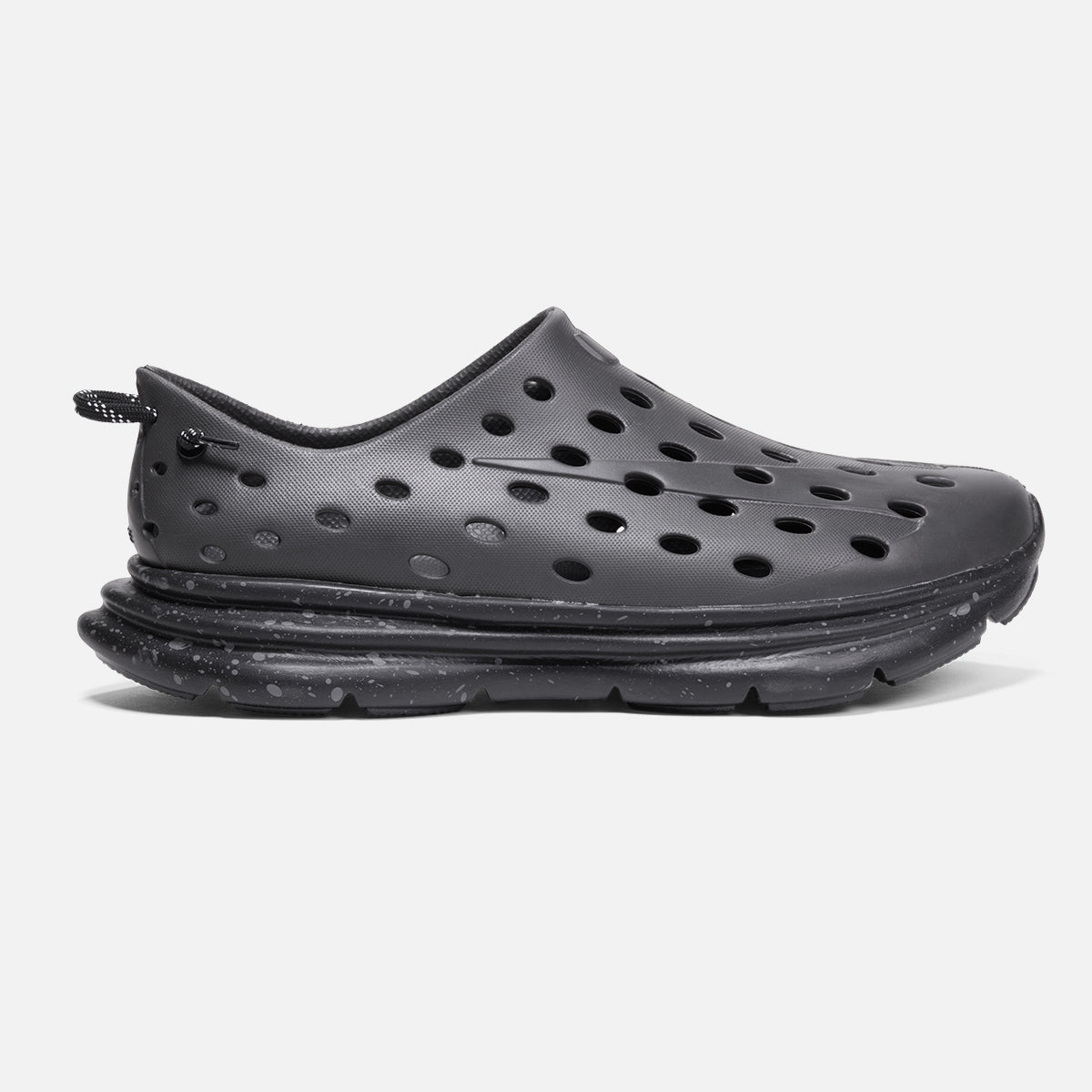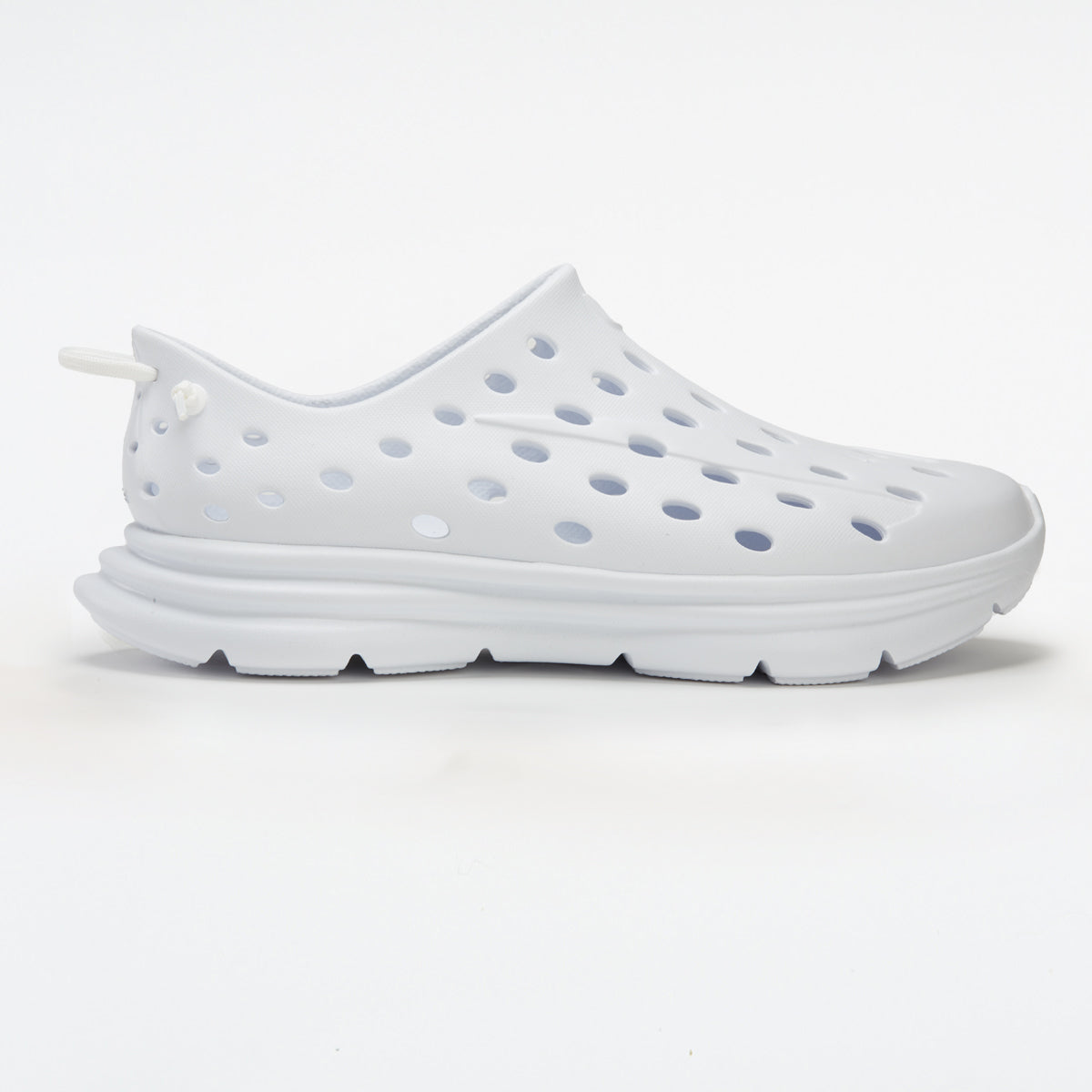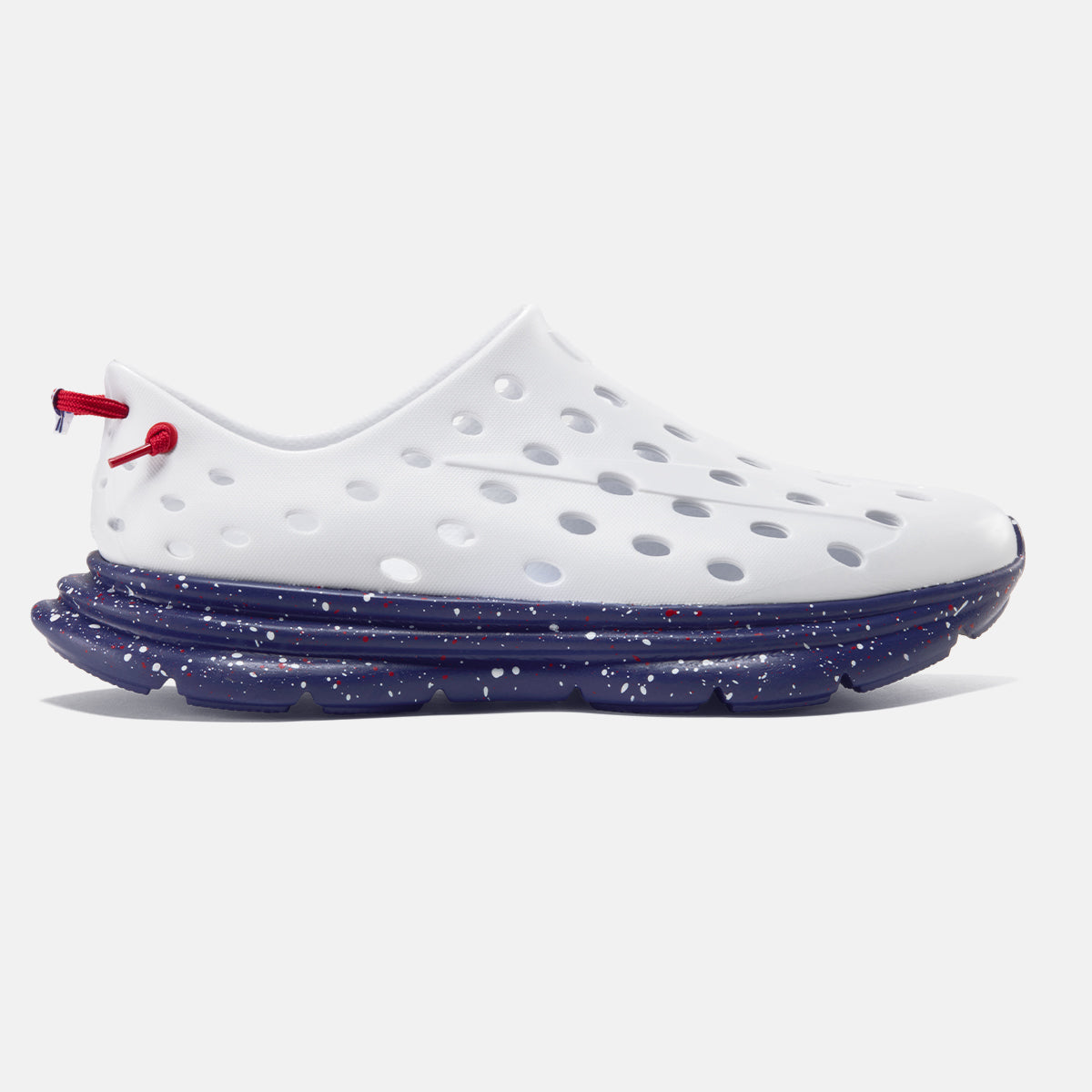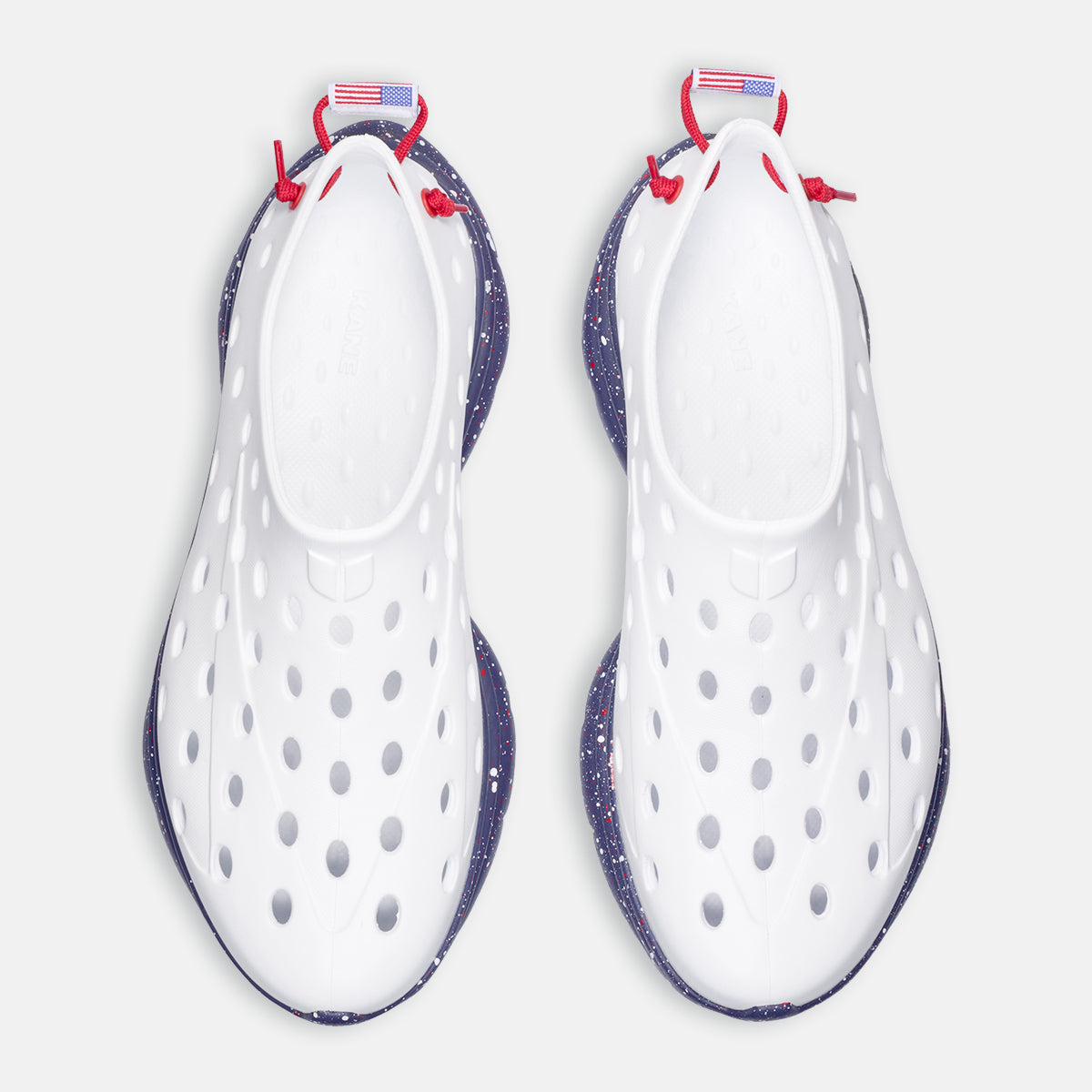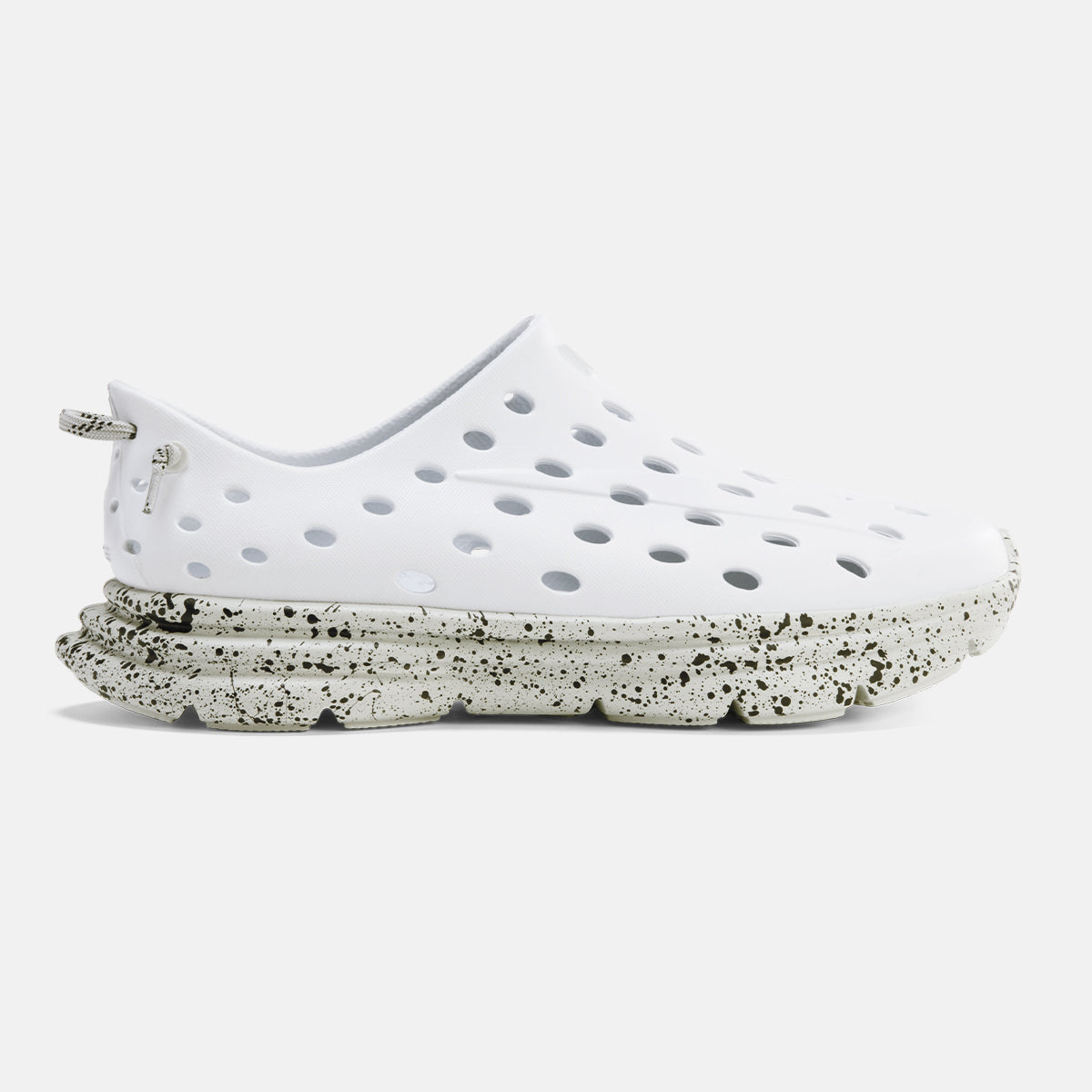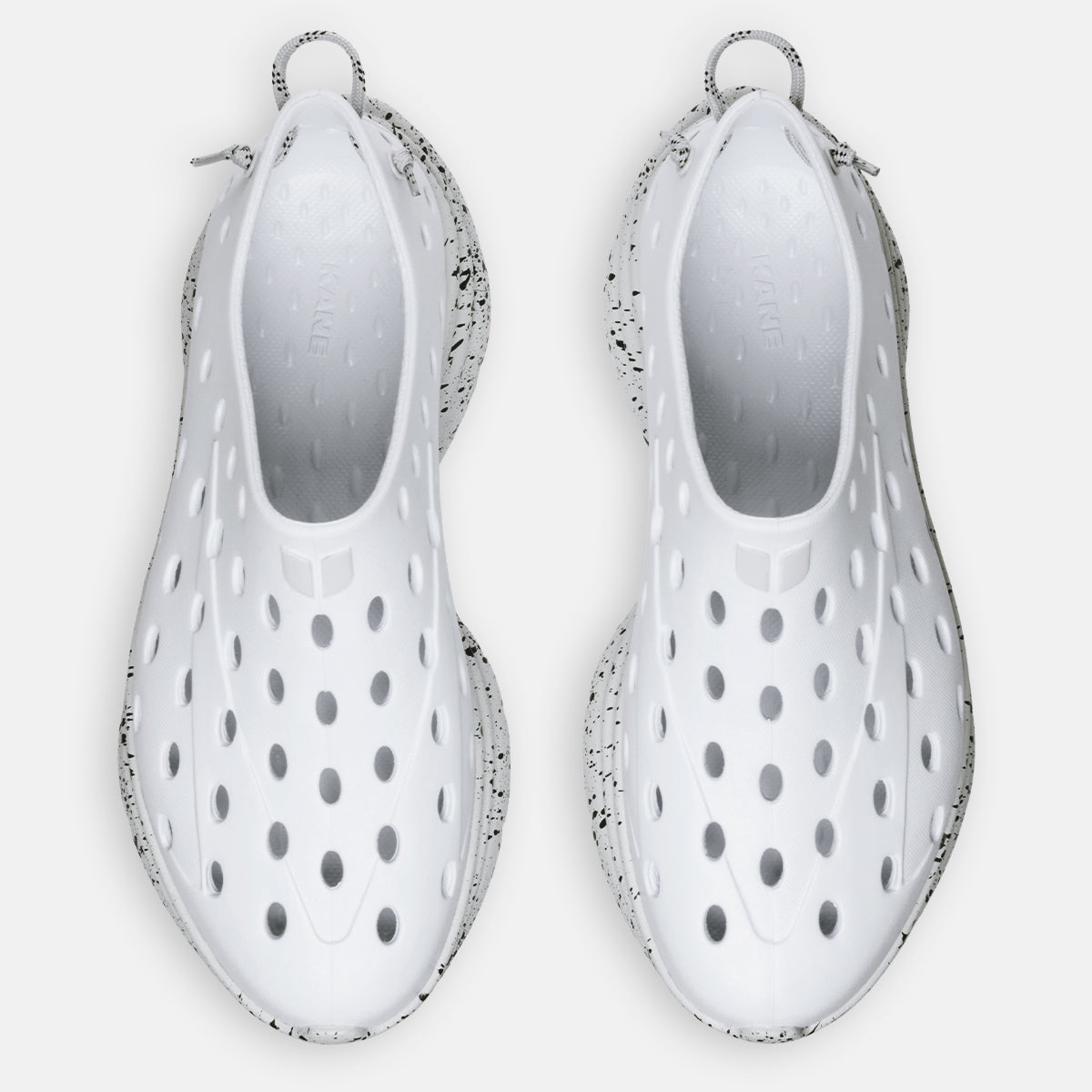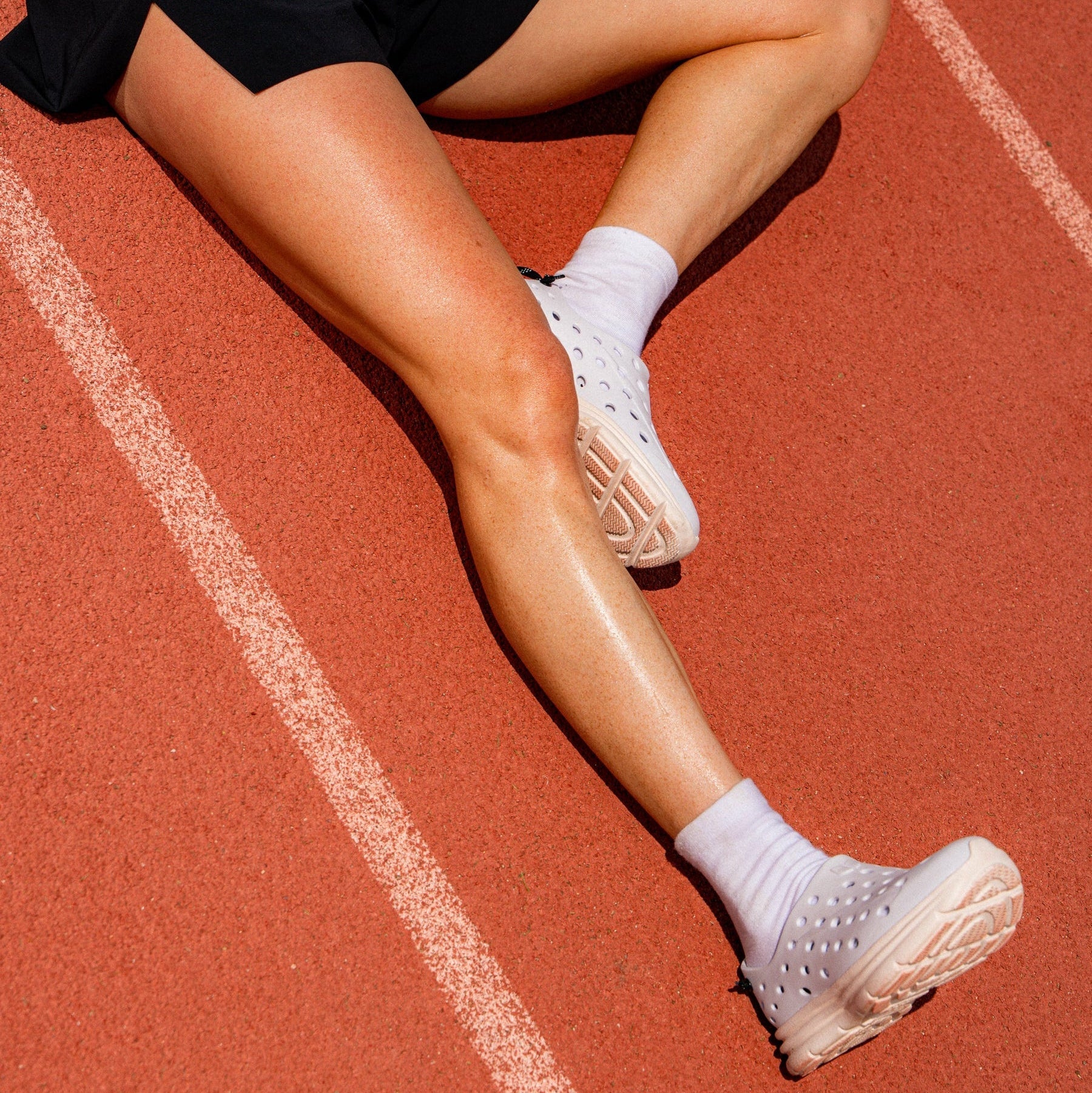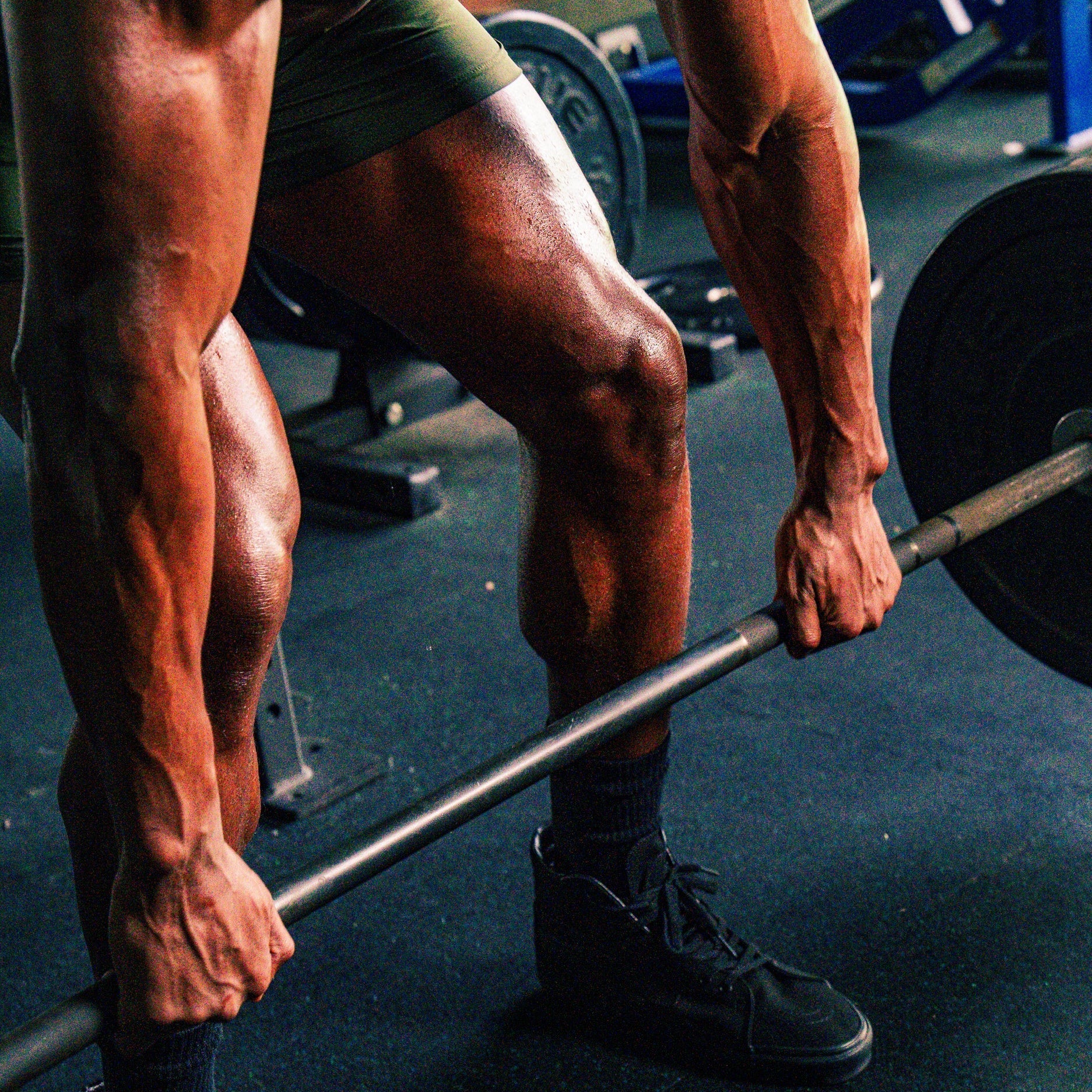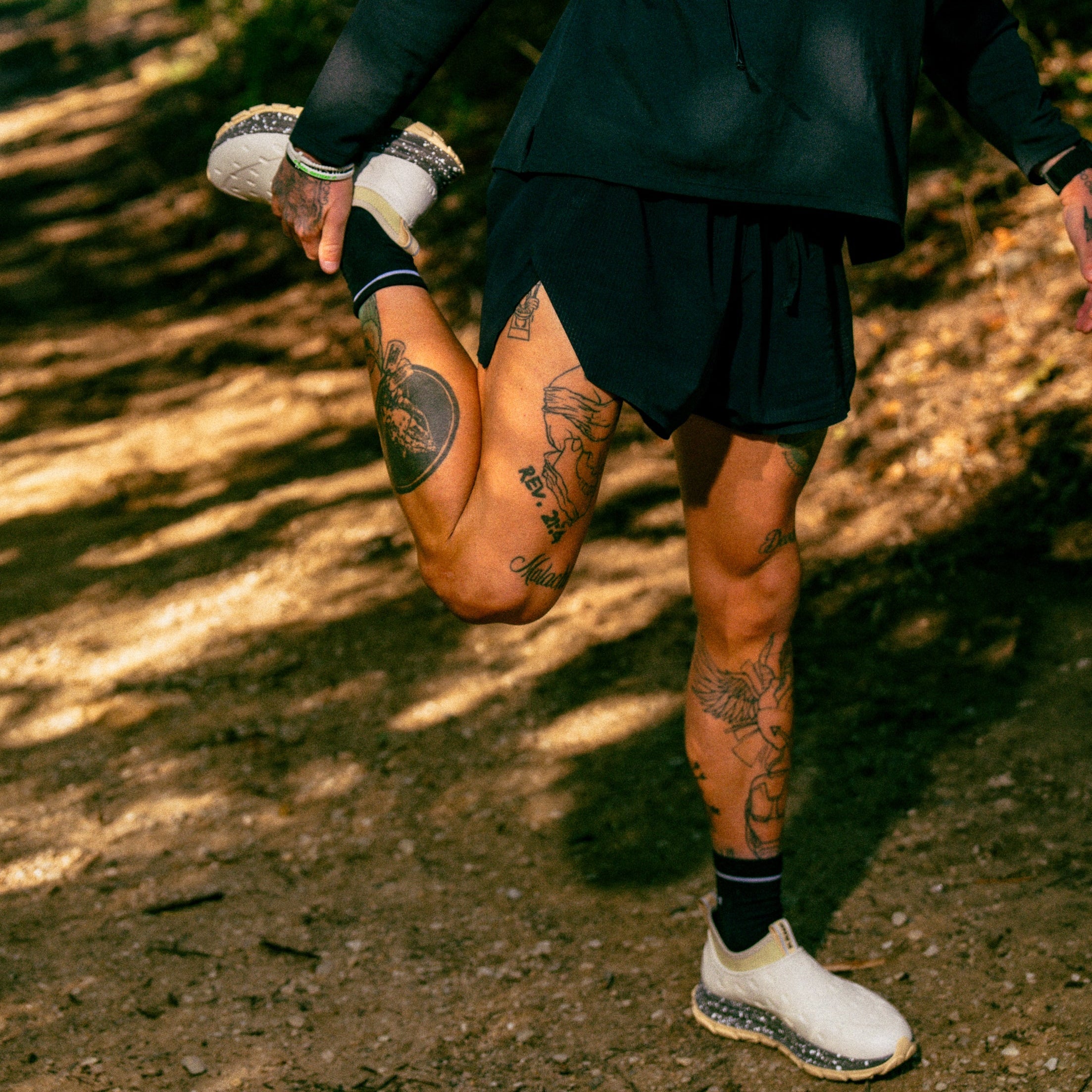Are memory foam shoes good for your feet, or are they just another fleeting footwear fad? With their plush, cushioned interiors and promises of ultimate comfort, memory foam shoes have certainly made a splash in the shoe market. But do they truly live up to the hype when it comes to foot health and support?
Explore the benefits and potential drawbacks of memory foam shoes to help you determine if these cloud-like shoes are the best fit for your feet. Step right in and discover the truth behind the comfort craze!
Pros and cons of memory foam shoes
Memory foam is a type of polyurethane foam known for its ability to conform to body contours and return to its original shape. Perhaps best known for its use in mattresses, some shoemakers use it in insoles and midsoles for its ability to mold to the foot and enhance overall comfort during walking and standing.
As with most shoes, memory foam shoes can offer both benefits and potential drawbacks.
Pros of memory foam shoes
1. Comfort and cushioning
When you wear shoes with memory foam, they contour to your feet. The soft, conforming material provides personalized support and padding by distributing your body weight evenly across the entire foot, reducing pressure points and potential hotspots that can cause discomfort.
These qualities can make memory foam shoes an excellent choice for casual wear, happy running, standing for long periods, or light activities where extra padding is welcome.
2. Shock absorption
Memory foam's soft, springy nature helps absorb impact and shock from walking or running, especially long distances. Its shock absorption can help reduce the jarring effects of walking or running on hard surfaces, potentially minimizing fatigue and discomfort in the limbs and joints.
Memory foam's shock-absorbing properties can be particularly beneficial for individuals with conditions like arthritis or those recovering from injuries.
3. Pain relief
Memory foam's contouring properties can help alleviate conditions like plantar fasciitis, heel spurs, and arthritis. Memory foam shoes can provide relief for those suffering from these conditions by conforming to the foot and reducing pressure points.
4. Lightweight
Many memory foam shoes are lightweight, thanks to the use of advanced materials and construction techniques.
Their lightness can make them more comfortable to wear for extended periods, reducing fatigue and strain. Memory foam shoes' lightweight nature can also make them practical choices for travel or activities that require a lot of walking.
Cons of memory foam shoes
1. Lack of stability and support
While memory foam provides excellent cushioning, it may lack the necessary stability for high-impact activities or sports where maintaining balance matters.
Memory foam's softness and conforming nature can lead to excessive movement within the shoe, potentially increasing the risk of an ankle injury or fall.
Its lack of stability can be particularly problematic for activities that involve quick lateral movements or sudden changes in direction.
2. Reduced performance
It may be comfy, but memory foam's softness can hinder performance during high-intensity activities like sprinting or running. The energy transfer from the foot to the ground may be less efficient, decreasing speed and power.
Additionally, memory foam's lack of responsiveness can make maintaining proper form and technique challenging during intense workouts.
3. Potential for blisters
As memory foam molds to the shape of your feet, it can create friction when it rubs against certain areas, potentially leading to blisters. This is especially true during the break-in period or if the shoes don't fit properly. Proper sizing and wearing appropriate socks can help mitigate this issue.
4. Limited durability
Over time, memory foam's constant compression and decompression can cause it to lose its cushioning properties and become less effective. This loss of padding over time can lead to the need for frequent replacement of the insoles or the entire shoe, which can be costly in the long run.
Factors such as exposure to heat, moisture, and intensity of use may also affect the durability of memory foam shoes.
How does a memory foam insole work?
Memory foam insoles are designed to mold seamlessly to the unique contours of your feet, providing a personalized experience. The magic lies in the material's sensitivity to both pressure and heat.
As you slip into the shoe, the memory foam reacts to your body's warmth and the weight of your step. It softens and conforms to your foot's curves and arches, creating a custom fit.
This molding process serves a crucial purpose—it helps to evenly distribute the pressure across the entire surface of your foot. No longer do the balls of your feet or your heels bear the brunt of the impact. Instead, the memory foam cradles and supports your entire foot, relieving pain and discomfort in sensitive areas.
But memory foam's benefits extend beyond just pressure relief. Its unique composition allows it to act as a shock absorber, compressing upon impact and slowly returning to its original shape. This effect helps to reduce the stress on your feet, legs, and joints, minimizing fatigue and allowing you to stand for more extended periods.
Even the arch receives specialized attention from memory foam insoles. As the material molds to your foot's contours, it provides gentle yet firm support to your arch, helping to maintain proper alignment and reducing strain on this critical area.
Durability is also a key consideration in memory foam insoles. Shoemakers craft high-quality options from resilient materials that can withstand the rigors of daily wear and tear. When you remove the shoes, the memory foam springs back to its original shape.
So, whether you're tackling a long workday, embarking on an adventure, or simply seeking comfort in your everyday life as you walk around the house or office, memory foam insoles mold to your feet with every stride.
What kinds of shoes use memory foam?
While memory foam can provide padding, it may not always be the best choice for certain activities or conditions. Some potential drawbacks include lack of sturdiness, compression over time, and increased plantar pressure. It's essential to consider individual needs and preferences when selecting shoes or insoles with memory foam.
Manufacturers commonly use memory foam in various types of shoes, including:
Casual and walking shoes
Memory foam is a popular choice for casual and walking shoes, providing comfort and support for everyday wear. A slip-on style like loafers and pumps sometimes feature memory foam insoles for added comfort.
Work and safety shoes
Some work shoes and safety footwear feature memory foam insoles to reduce fatigue for construction, healthcare, and restaurant workers—or anyone who spends long hours on their feet.
Sandals and slippers
Memory foam is commonly used in the footbeds of summer shoes like sandals and comfy slippers to provide a comfortable, cushioned surface.
Insoles and orthotics
You can purchase memory foam insoles and orthotics separately to add comfort to any shoe. These insoles are often designed to provide arch support.
Athletic and running shoes
Brands often incorporate memory foam in the midsole and insole of athletic shoes and runners for comfort and support.
Kane uses EVA foam exclusively for our Kane Revive Active Recovery Shoe, whereas other brands might combine EVA with memory foam and mesh.
EVA foam is known for being one of the most comfortable materials, so it's always an added benefit to have more of this material in a shoe's makeup. Kane's dual-density EVA construction allows for extra cushioning while actively supporting the foot. When it comes to our unique RestoreFoam, its sturdy yet soft quality truly gives you the best experience.
Discover Kane Recovery Shoes!
Step into our Kane Revive Active Recovery Shoe, and you’ll never turn back. Designed for breathability and offering the perfect balance of support and cushion, these shoes provide the comfort you deserve.
Kane's recovery shoes provide excellent support, comfort, and durability for those needing top-notch recuperative footwear. Featuring an adjustable hook-and-loop single-strap synthetic upper, plush TPR footbed, and durable injected EVA outsole, these kicks come with all the right features to assist you during your rehabilitation journey.
Aside from providing quality products, they are also committed to sustainability, having made plans to become a B Corp while dedicating 1% of their overall profits towards environmental charities.
When and how to wear Kane Revive
The best moment to wear most recovery shoes is directly after a strenuous activity such as running or exercising. This helps minimize inflammation and launch the healing process. To guarantee maximum comfort and effective recuperation, make sure that you are wearing your recovery footwear correctly by tying up laces securely for a snug fit.
Frequently asked questions
Are memory foam shoes good?
Memory foam shoes conform to your foot's shape, absorbing shock and reducing pressure points. While they might be a good choice for long days on your feet, they may not be ideal for intense sports due to their lack of support and durability.
Why do my feet hurt with memory foam insoles?
There are a few potential reasons why your feet may hurt when wearing memory foam shoes:
- Lack of stability and support: While memory foam provides excellent padding, it can lack the necessary steadiness and support, especially for high-impact activities or those with existing issues. Memory foam's softness and conforming nature can lead to excessive movement within the shoe, potentially causing strain, instability, and pain.
- Worsening of existing foot problems: Memory foam molds to the shape of your feet, including any deformities or gait issues you may have. Over time, this can reinforce and worsen existing problems like overpronation, bunions, or plantar fasciitis, leading to increased pain.
- Compression and degradation of foam: Memory foam insoles can compress and offer less cushioning over time, especially with prolonged or intense use. As the foam degrades, it may no longer provide adequate shock absorption or support, increasing pressure and foot pain.
- Potential for blisters and rubbing: As memory foam molds to your feet, it can create friction when it rubs against certain areas, potentially causing blisters or hot spots, which can result in soreness.
If you experience pain when wearing memory foam shoes, consider your specific needs, activity levels, and existing conditions. If you experience persistent pain, consult a podiatrist or switch to more supportive and stable shoe options, especially for high-impact activities or prolonged standing/walking.
What does memory foam do to your feet?
Memory foam's viscoelasticity allows it to create a custom fit. As you slip them on, the foam responds to your body heat and weight, molding to your unique shape. This yielding creates a cozy, customized fit that evenly distributes pressure.
However, like all good things, memory foam shoes have their quirks. They tend to retain heat, keeping your feet warm—which can be a blessing in cooler weather but a bit much in the heat. And while they start off with fantastic padding, the foam can compress over time, losing some of its bounce.
Is memory foam good for your feet?
Memory foam can be a boon for your feet, providing personalized support that conforms to the unique contours of each sole. Its shock-absorbing properties help reduce the impact of each step, preventing fatigue and pain, especially for those on their feet for long periods.
However, memory foam's softness can also be a drawback. Soft soles may compromise steadiness, increasing the risk of falls, particularly during activities requiring quick movements. Memory foam may not offer sufficient support for high-impact sports, potentially leading to ankle sprains or other injuries.
Over time, memory foam can compress, providing less buffering and arch support (especially relevant for those with a high arch, heel pain, or other issues). It may also increase peak plantar pressure, potentially causing pain.
While memory foam can be a game-changer for casual wear, it may not be ideal for high-intensity activities or those requiring maximum steadiness and extra shock absorption. Consider your individual needs and activity levels when selecting shoes, and don't hesitate to supplement a memory foam pair with more supportive, comfortable shoes when necessary.


